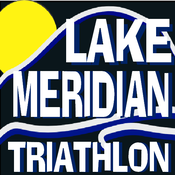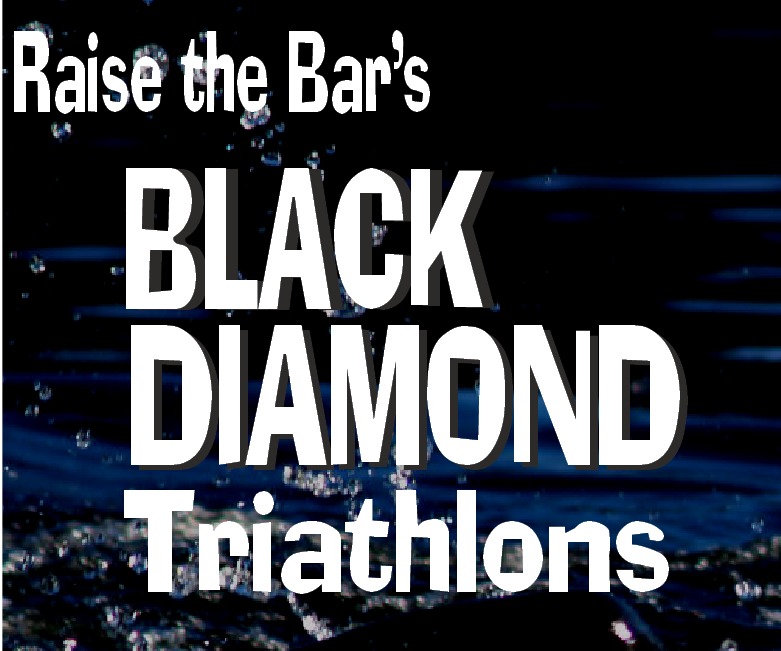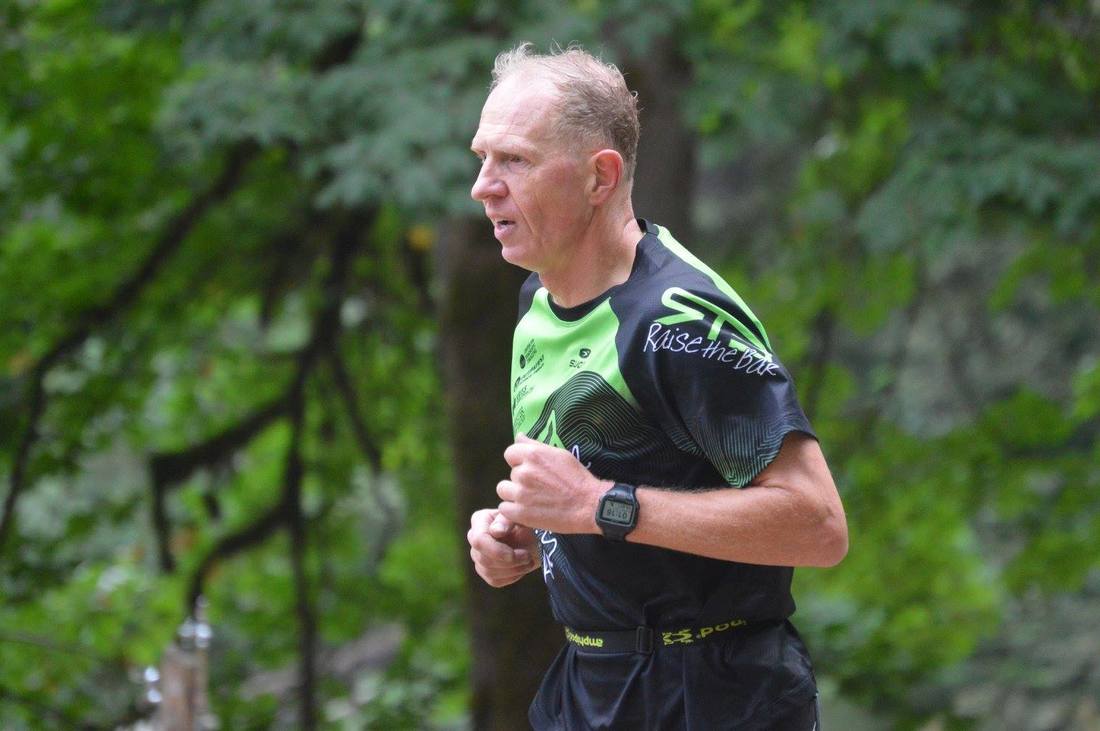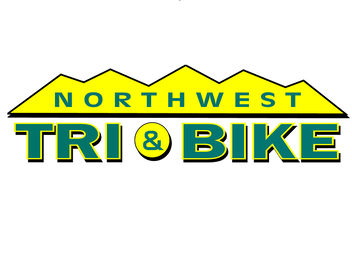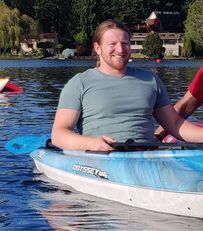 Before we tell you about the new lower prices at RTB swim, we have a story for you... In 2018, Joseph Cordell joined RTB. Joseph is 32 years old and among other things, is a triathlete and Martial Arts instructor. When he joined RTB, he was new to lap swimming with a long way to go. He made his way to the pool once a week, worked very hard, and made some progress swimming through those next few years. When we made the switch from swimming at the Covington pool to the outdoor pool at KSTC in October 2021, Joseph was willing (along with a few other brave souls) to show up at the pool at 5:00AM in any weather, remove the pool covers, do water tests, open and close, stay late to cover the pool, chase down prowlers, and whatever else came up. (He's also become a very valuable member of the RTB Events staff). As a result, Joseph has been swimming 3 days a week for a year and now he swims in Lane 2 at about a 1:30/100 yd pace! That's a. huge improvement over his once-a-week abilities. We've seen this investment pay-off with many other swimmers who come more frequently. You get a little faster swimming hard, once or twice a week. But you sure get faster, much faster, swimming 2-3 times a week. 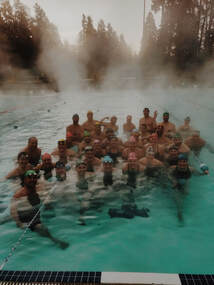 Another thing while we're talking swim. Right now, we don't have a full pool of people at every swim. There's still plenty of room for more folks to get faster! The workouts and community are great. Erin Eronemo is a terrific coach for all levels of swimmers. We want as many people as possible to swim as often as possible and realize their potential. I'm sure work/family schedules, no showers in the winter, and cold air temps are a factor that work against frequent swimming at these workouts. We can't do much about that. But we're betting the cost of swims is also a factor for many of us. If you sign up before December 1, you can enjoy 3 swims per week and pay only $20 more for the entire 8 week session (as an RTB member) than if you signed-up for 2 swims per week. Non-members will pay an extra $25. See the pricing details in the table below It's time to sign up!!! Registration is Open Session & per-swim PricingSession pricing will be prorated every Monday to reflect the number of swims remaining. RTB members receive a 25% discount.
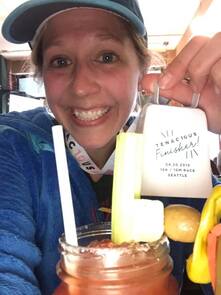 Welcome to RTB, Lori Bradshaw! Lori joined the team for FREE and has a free RTB event entry on the books because she bought and sold a house with Rhett Elton Real Estate which is pretty great! Here's a bit about Lori... What are the basics of your life? Family, work, hobbies, etc. I just moved to Maple Valley with my husband, two daughters (9 and 13), and dog. I work for Alaska Airlines, and in general, love traveling and being outdoors (running, hiking, kayaking, paddle boarding, fishing, etc.). What got you into the sport? I started running around 10 years ago as part of my weight-loss journey. I'm pretty slow, but really enjoy the running friends I've made along the way and find it's a great excuse for sporty weekends away! I'm always up for a good challenge, and after some pressure from Nikki and George Wright, and likely after a couple beverages, it seemed like a good idea to sign up for a half Iron Man. So now I'm trying to learn how to swim and ride a bike. I may have bitten off more than I can chew, but as long as it doesn't kill me, I figure it'll be an interesting adventure and will result in a good story! Do you have any event plans for 2023? I've signed up for the Iron Man 70.3 in Oregon. I'll likely add some half marathons to the list, and maybe a shorter tri to prep for the half Iron Man. I'd also like to add a destination Ragnar race to the mix... we'll see what else strikes my fancy as I get deeper into 2023 planning!  253-350-9565 253-350-9565 If you've got a housing transaction in your future, reach out to Rhett. He's a fun person to work with and very good at what he does. Bill and I have used Rhett for the sale of a home, and our son Benny purchased a home with him. He's great! And because of his sponsorship, you'll either get a free new RTB membership or your dues renewed! Win! - Patty  Last week I raced in St George, UT competing in the Ironman 70.3 World Championships. My journey to this spot began way back in 2019 when I committed to do Ironman 70.3 Washington in Sept. 2020. After being out of the sport for a few years, I decided that having a race right in my own backyard was too tempting not to get back into racing. So, I set off to preparing for the race not knowing that it would be delayed because of our friend, Covid. That was a bummer, but I believe it was the right thing to do for everyone. I continued training through 2020 and into 2021 feeling pretty good about my improving fitness. I put together a race plan for 2021 which included a combination of either Ironman 70.3 Victoria, Ironman 70.3 Coeur d'Alene and/or Ironman 70.3 Oregon ( and maybe Ironman 70.3 Washington) along with a couple local races interspersed in between. 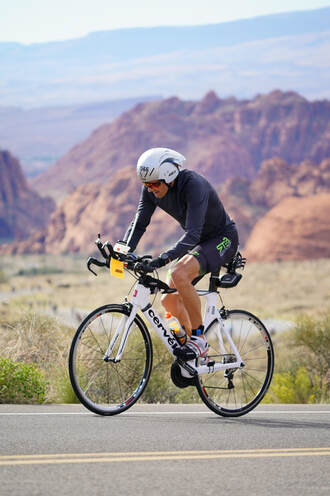 In the last week of March, during a track workout, I injured my right hamstring. At the time I got injured, I did not think it was going to be a big deal. Unfortunately, it was. I was not able to run at all for about 10 weeks. I did make the mistake by waiting too long to see my Doctor to get a referral for some PT or maybe I would have recovered faster. I also added massage therapy which I should have incorporated into my training routine years ago. The good thing was I was still able to ride and swim. Neither of these activities were bothered much by my injury. The injury was a big set back from my racing plans as I was not able to doing any racing until late July. I started out with doing the Aqua Bike at the Black Diamond Tri, still not wanting to test my hamstring in a race just, yet. I had a decent race and next did a 5K, then a 10K and lastly the Ironhorse ½ Marathon. All went well with no setbacks with my hamstring. I contemplated doing Ironman 70.3 Washington, but opted to be safe and just train up to the World Championships. 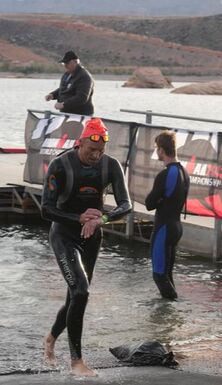 I was fortunate to able to head down to St. George in early October and train down on the course for a few weeks before the race. It turned out to be a great plan as the air quality here at home was horrible and would have made it difficult to train at home. My training metrics went up to a level they had never been at since I began seriously training in 2019. I was very encouraged going into race day. The day comes and the temperature is a bit cold (43), but the forecast for the rest of the day was for calm winds with very comfortable temps around 70. My swim began with a comfortable start. The water temp was 62 which was fine being we were all in wetsuits. I got out to the first turn with no issues except my goggles fogging up. I tried to just deal and keep moving. But after a few minutes of not knowing where I was going, I decided to stop and solve the problem. Now that I could see where I was going, I was able to see the next turn buoy and make the push back to the swim finish. I was a little disappointed with my swim time, but was not going to worry too much about it. Out on the bike now. I had ridden the whole course a couple of times, so I knew what to expect. The ride went as expected and I was very pleased with my time considering my advanced age and the difficulty of this course with about 3400 feet of climbing. Into transition and out on the run with a good T2 time. 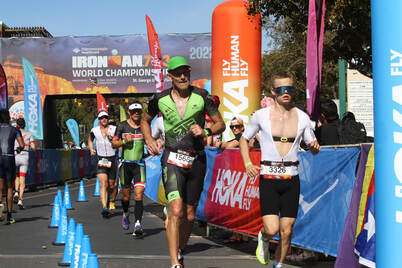 This run course also was very difficult with around 1000 feet of climbing. Again, I had run the whole course previously and was prepared to have a great run. The first 3 miles were a steady uphill and I felt good and was running on pace, just where I wanted to be. At this point in the run, the course makes a turn down through an undulating golf course path. I started down through the golf course and boom, my left hamstring (not the one that was injured) cramped up so tight I had to stop. In the back of my mind, I thought I may be done. I did have a secret weapon with me. A vial of Himalayan salt. I took a few licks of the salt, stretched it out, and miraculously the cramp stopped and I was running again, fast! I headed back down into town then around a short loop on the other side of the finish area and began the second loop back up the long steady climb to the golf course. My back decided to let me know it was not happy and tightened up enough to make it very difficult to run at the pace I planned to run. So run, a little walk, run, a little walk was the mantra back into town to the finish line. I was a bit disappointed with my run time, but overall, knowing the difficulty of this course, I am happy with my result. I missed my goal of 5:45 by a little more than a minute and did finish in the top 15 of my age group (6th fastest American) which was pretty cool considering the International field I was racing against with 104 countries represented at the World Championships  I have been fortunate to have qualified, raced and finished at IM World Championship in Kona years ago. The coolest thing about this race was to have all the members of my family there with me. The road to any goal you set for yourself is long and hard. If you are willing to give yourself a chance, you can be successful and reach any goal you set for yourself! If you made it through this long-winded report, I commend you. Thanks to all the people who supported me and gave me positive vibes throughout this process! Scott Serpa 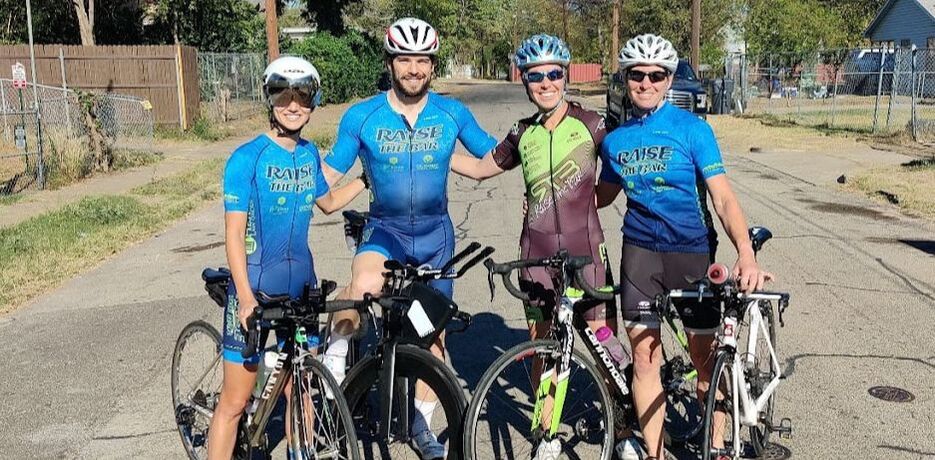 Emma, Benny, Emily, and Patty on a ride before race day Emma, Benny, Emily, and Patty on a ride before race day The Swedberg/Adams family went to Waco Texas to take on the Waco Ironman events this past weekend. It was fantastic. Our son, Benny, and I were on for Saturday’s Iron distance and our daughter, Emily, and Benny’s wife, Emma, raced the 70.3 on Sunday. It was the first long course triathlon for the younger generation and a return to Iron distance after a long 14 years for me. We swam in the river together a couple of days before the races and discovered the shortest distance was not to follow the buoys so we swam a little shorter and ended up with great swims! Saturday was hot (95+) and very windy - there were 554 athletes that started and only 381 that finished - a 29% dnf rate which is apparently an Ironman record. Great. The bike was brutal - 110 people dnf’d on the bike course alone. It was hard to decode the right equation of fuel/hydration/salt/heart rate/whining/rallying….but we both got through the bike course, though much slower than we'd each hoped for. The run course felt a little better and geez it’s fun to be at those events no matter how gross you feel. The volunteers and spectators ooze energy and you can’t help but keep moving. There was more shade on the run - at least by the time I got there! I never intended to run the whole marathon and did a ton of fast walking along with jogging the downhills for awhile. Benny ended up finishing like a champ in 11:55. I had my slowest IM finish by more than an hour with a 14:47. Maybe I'll take another swing at it someday. Emily and Emma had completely different weather - it was a much cooler day and less windy. The lined up with the 37-40 minute swim group and it was the perfect spot for them. They had steady, strong swims. It was point-to-point in a river and we could walk along and see them the entire time. They came out all smiles. There was a massive downpour from the end of the swim through the first part of the bike which made for a crazy muddy T1. They did GREAT!! They rode within a mile or so of each other for most of the bike course and then Emma ended up with 2 flats ….ugh….which was a big hiccup and added a lot of time to her day. Emily had better luck and just kept smiling and moving along. Their runs were strong steady - we were able to see them often on the run course and I loved soaking up their enthusiasm and big beautiful smiles and cheering them across the finish line with Bill, Benny, Michael, and Emma's parents. Your first Ironman finish (and every one after that come to think of it) is such a special moment . To be able to share those with family members was very special. I think there will be more races in the future for all of us. Triathlon has been part of our family’s experience for 36 years and it’s definitely one of our playgrounds to encourage and celebrate each other. We are blessed! If you like, you could find some fun videos on instagram @teeter_totter_mom, @emmagswedberg, and @rtbevents (when I get around to it). |
Raise the BarRace reports, upcoming events, news, and more, from RTB. Archives
September 2023
|
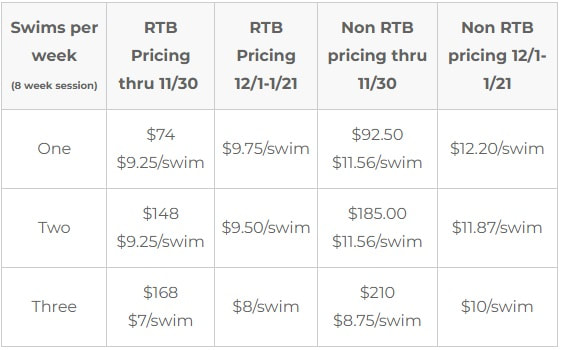
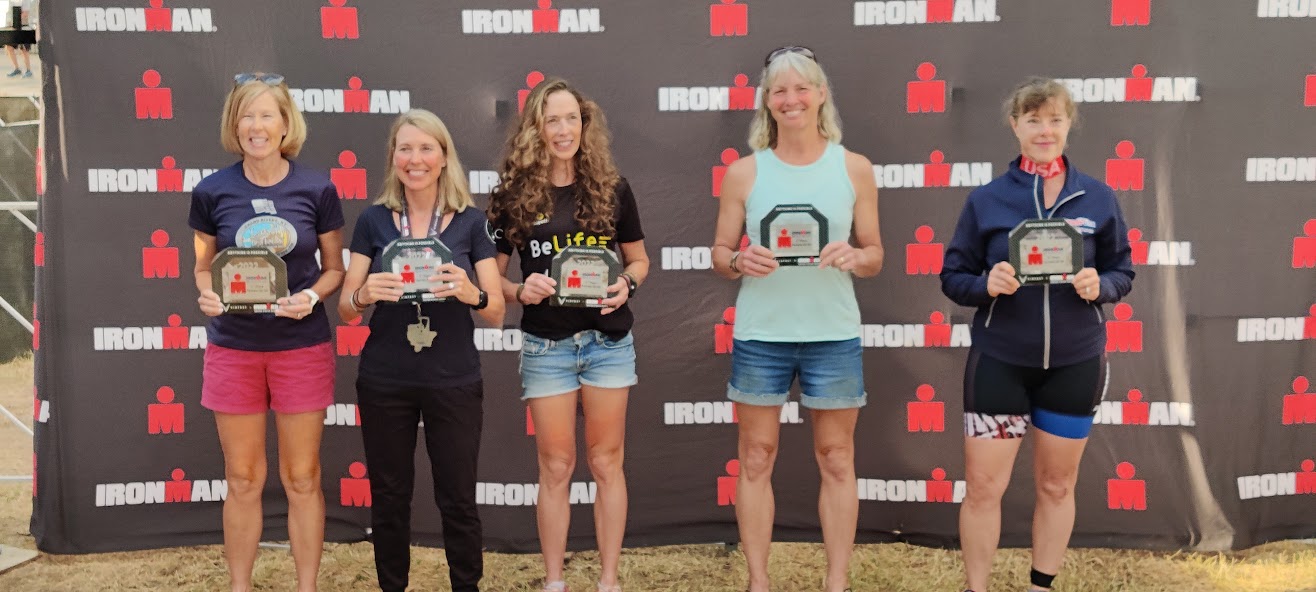
 RSS Feed
RSS Feed
